Embedded in a residential neighbourhood on the outskirts of downtown Houston, the Menil comprises a 30-acre campus with a cluster of buildings set in green space, the whole complex evocative of the sacred precincts of antiquity. Its centrepiece is the main museum building, Renzo Piano’s first American commission, opened in 1987, in which ancient, medieval, African, Oceanic, Native American and modern art is handsomely displayed. Arrayed around the grounds are a Byzantine chapel (now devoid of its frescoes, which were returned to Cyprus in 2012); the Cy Twombly Gallery, featuring numerous paintings and sculptures by the artist; and a white-cube hall dedicated to a Dan Flavin installation. A short distance away is the minimalist house – startlingly futuristic for its time and place – that Philip Johnson designed in 1948 for the visionary collectors and philanthropists John and Dominique de Menil. The spectral chapel the couple commissioned from Mark Rothko sits in Menil Park, adjacent to the main museum building. A new addition to this ‘neighbourhood of art’, as it is described by Menil director Rebecca Rabinow, is the ‘quietly innovative’ 30,000-square-foot Menil Drawing Institute – a subdued modernist structure of glass, cedar, steel and concrete that hugs its allotted expanse of ground, determined to avoid disproportionate attention and to integrate organically into the campus. Exterior signage is so discreet as to risk being overlooked, but the entrance canopy, which evokes crumpled or folded paper, announces the institute’s purpose.
Designed by the Los Angeles-based architectural firm Johnston Marklee, the Menil Drawing Institute is devoted to the study, preservation, and display of modern and contemporary drawings – the only such institution of its kind. This bold venture aligns with the vision and collecting interests of Dominique de Menil, who died in 1997, and was envisioned in David Chipperfield’s 2009 campus master plan, but it was realised largely through the generosity of two benefactors, Louisa Stude Sarofim and Janie C. Lee, who contributed significant funding for the building and have given and promised important drawings to the collection. An intelligently conceived sequence of spaces with subtly modulated light levels articulates the institute’s curatorial, scholarly, pedagogical and public functions: offices for curators and fellows that border a light-filled courtyard dubbed the Scholars’ Cloister – apt nomenclature that summons up Chinese and Western monastic traditions; a large study room and smaller seminar room, dubbed ‘the Salon’ to suggest its intimate, conversation-inducing aspect, at the building’s windowless core; a paper conservation studio where natural light can be admitted or blocked by scrims; expansive storage for drawings on even the most monumental scale (the Menil’s entire collection of some 2,000 drawings is housed here, and there is ample space to accommodate its future growth); and a 2,800-square-foot gallery with low light levels and hidden windows in which exhibitions are mounted. The first of these, ‘The Condition of Being Here: Drawings by Jasper Johns’, was an auspicious debut celebrating both the Menil’s extensive holdings of works on paper by the artist, and the recent completion of the monumental, six-volume catalogue raisonné of his drawings, published under its aegis. The Drawing Institute’s ambitious programme, which in addition to annual fellowships and rotating exhibitions includes lectures and publications, is overseen by newly appointed chief curator Edouard Kopp, who arrives at the Menil by way of the Getty and Harvard Art Museums.
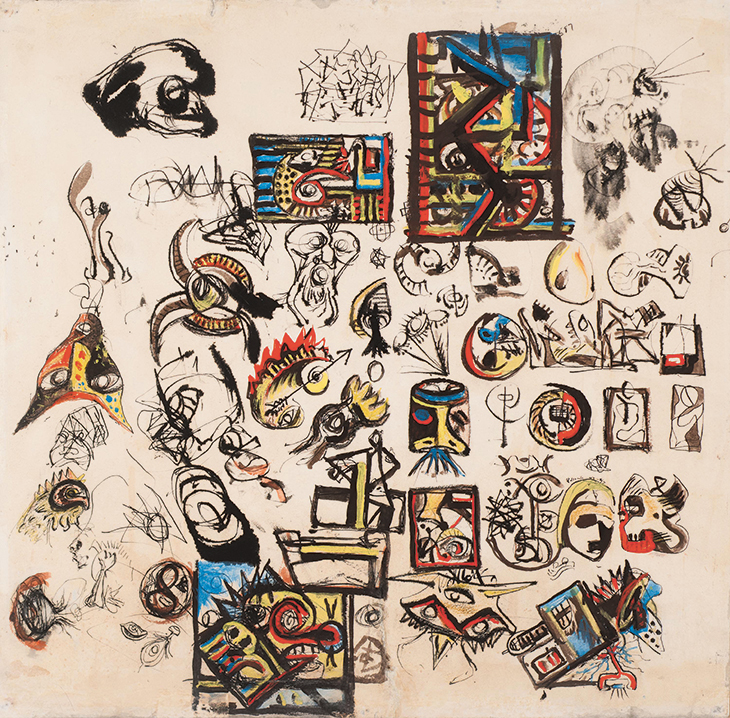
Untitled (Drawing with two signatures) (1943–47), Jackson Pollock. Menil Drawing Institute, Houston (promised gift from the collection of Louisa Stude Sarofim). The Pollock-Krasner Foundation/Artists Rights Society (ARS), NY and DACS, London
Together with the exhibition gallery, the capacious entrance hall – or ‘Living Room’ in the institute’s homey designation – is an inviting public space in what is otherwise the hermetic domain of scholars. Here, as throughout the Menil, an anti-elitist campaign subtly operates. Visitors are encouraged to enter and made welcome (an ease of access unusual for research institutes) through calculated measures. One antidote to intimidation is the absence of stairs: it is not necessary to ascend to the entrance, just to open the ground-level door and stroll in. Another is an insistence on skeletal didactic apparatus. Wall texts, frequent purveyors of verbose jargon, are banished. Object labels offer only the rudiments (name, date, medium, owner). And in a purist effort to avoid intruding into the visual field occupied by the art, these are not always proximate to the relevant works. The suppression of the verbal suits an artist as famously reticent as Jasper Johns, whose allusive, technically complex, and often haunting images invite contemplation, but museum-goers accustomed to more expansive explanatory verbiage may be disappointed. (Excellent printed brochures, available free of charge, help fill the silence.) Behind this rejection of written clutter lies a museological populism which holds that all viewers, regardless of their personal demographics, are created equal: no one is told how to see, and each brings to the direct, unmediated, and word-free experience of works of art the same tools – their eyes. At the Menil, looking is the great equaliser, and drawings, encountered casually by wandering into the Living Room, or in a more orchestrated fashion by traversing the exhibition gallery, are for everyone.
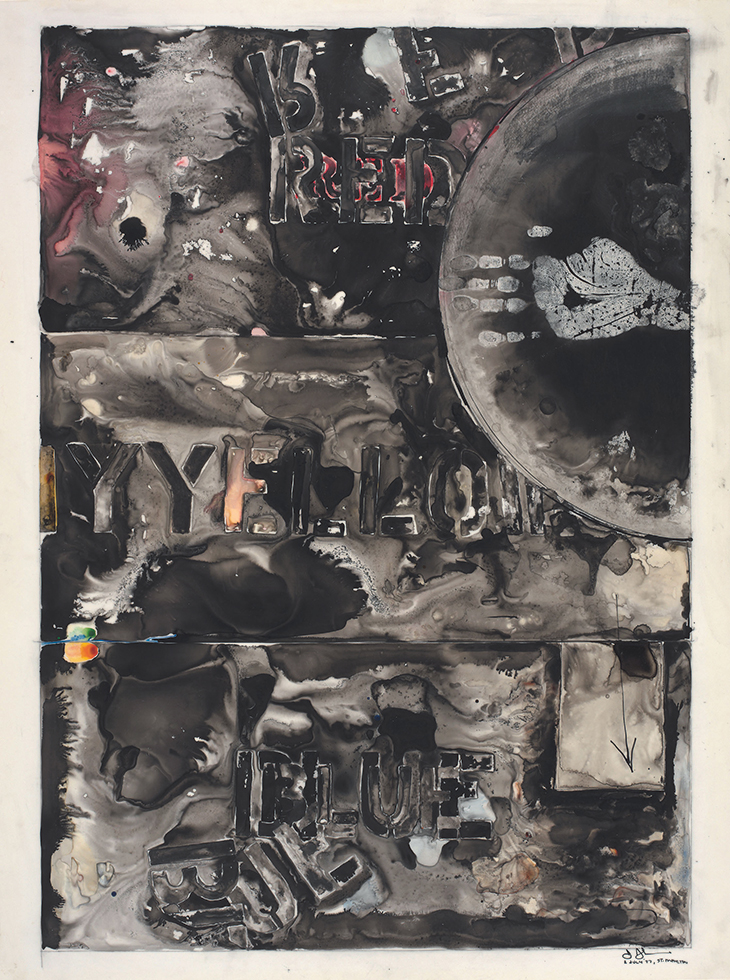
Periscope (1977), Jasper Johns. Menil Drawing Institute, Houston. © 2019 Jasper Johns/Licensed by VAGA at Artists Rights Society (ARS), NY and DACS, London
Installed in the Living Room for the in–augural year is a suspended looped-wire sculpture by Ruth Asawa. The choice was no doubt dictated by the fact that, unlike a work on paper, it can withstand elevated light levels. But the prominent presence of a sculpture in this setting is also intended to probe the very nature of modern drawing itself. Is a drawing a mark made with traditional graphic media like pen or graphite on paper (or vellum or a chalk board or a wall)? Is it an impression or incision on a flat surface, like the earthworks by Michael Heizer visible in the lawn outside through the Living Room windows (altered by unwelcome bicycle tyre-tread marks that might qualify as drawing, in this definition, were it not for their lack of intentionality)? Or is a drawing anything, including a three-dimensional configuration that harnesses the timeless agent, line – in which case Asawa’s wire work qualifies? The Menil’s ambitious programme will plumb such existential questions, engaging the public in the conversation.
In the grand plan for the Menil Drawing Institute, new approaches to the study of modern and contemporary drawing, fuelled by engagement with the collection, will be conceptualised in the Salon and spaces reserved for curators, fellows, and visiting scholars – incubators in which ideas in progress can be floated and tested, discussed and refined, prior to their fleshed-out iterations in the gallery or Living Room. The short distance, literally and intellectually, from the experimental laboratory to the public arena – from the formulation of an idea to its packaging and dissemination – is a unique and thrilling paradigm. By supporting the current generation of specialists, cultivating the future generations that will succeed them and embracing the widest possible audience for their work, the Menil Drawing Institute has ensured the enduring vitality of the field. The future of drawing is here. And drawing’s future is bright.
From the March 2019 issue of Apollo. Preview the current issue and subscribe here.
Unlimited access from just $16 every 3 months
Subscribe to get unlimited and exclusive access to the top art stories, interviews and exhibition reviews.

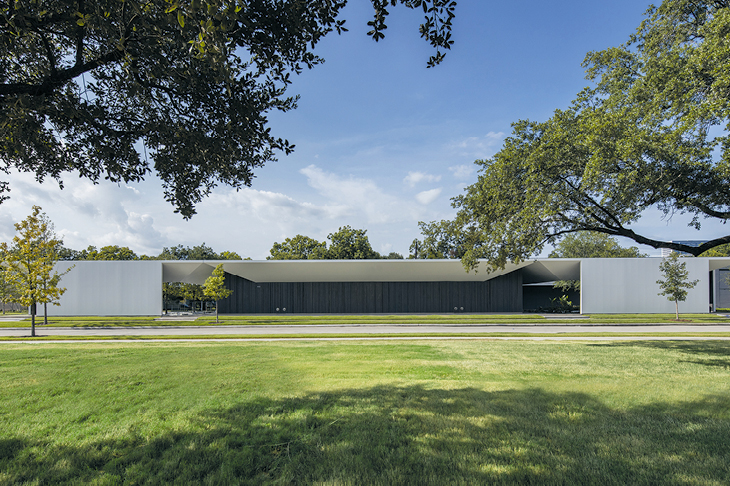
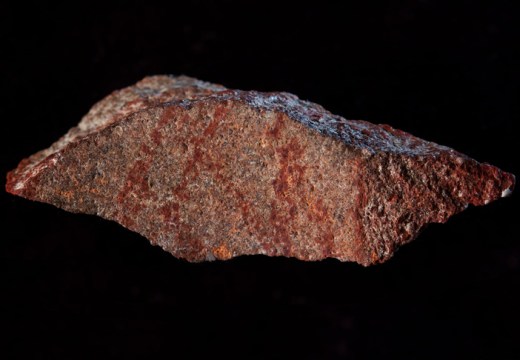
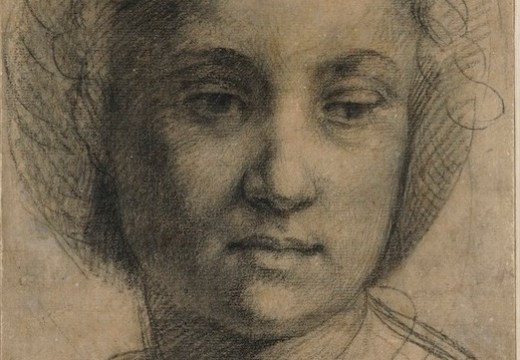
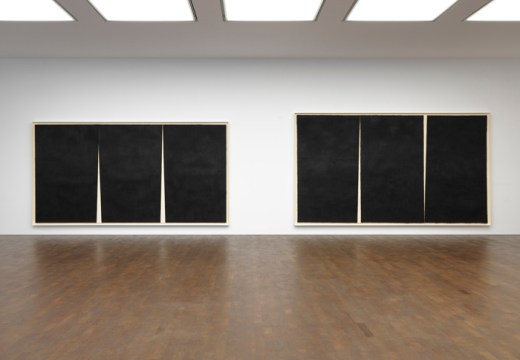









![Masterpiece [Re]discovery 2022. Photo: Ben Fisher Photography, courtesy of Masterpiece London](http://www.apollo-magazine.com/wp-content/uploads/2022/07/MPL2022_4263.jpg)
It’s time for the government of London to return to its rightful home